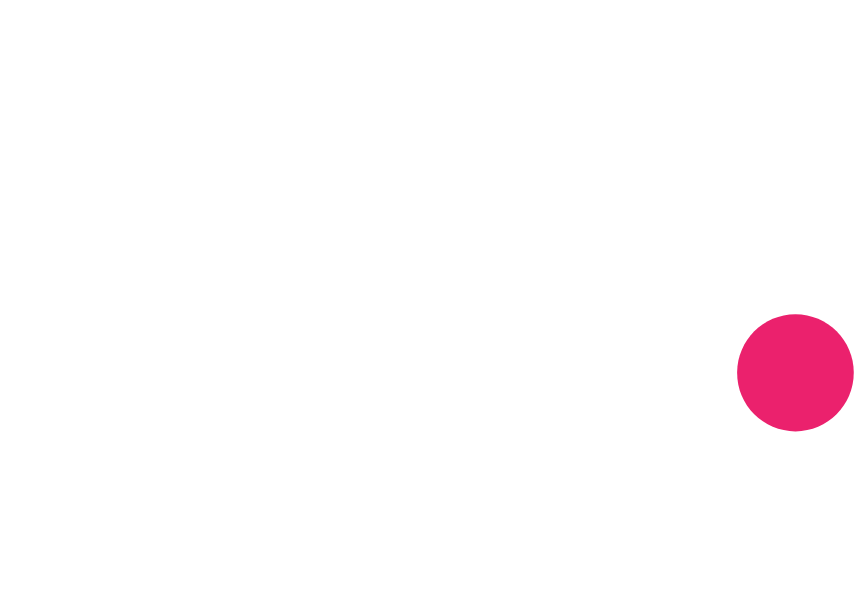Generally, between 25% and 50% of all traffic to retail (e-commerce) websites is via search engines (& the majority of that is from Google). At the same time, merchants spend a large amount of budget on search engine optimisation (SEO) or if not, worry about it.
I would contend that brand-related traffic (e.g. your company or brand name) is traffic you should be getting anyway and your SEO should not be claiming credit for it - your SEO should be paid on that long tail of "generic" search terms, such as "hoodie", "fillet steak" or "bluetooth speaker".
However, the visibility of what search keywords work and what doesn't is dipping well below 25% - a quick glance at all those (not provided)s in Google Analytics will horrify you! How is it possible to determine the economic viability of this investment?
This article will help you with an heuristic approach to extrapolating some answers from what little data you can see in Google Analytics. [Whilst not necessarily accurate, it will provide a meaningful and importantly, quick, steer in the right direction].
1. Extract % traffic and revenue from organic search
Open your Google Analytics and visit the report called "Keywords/Organic Search". Write down the total % of overall traffic and the revenue it generates.
2. Break out (not provided) traffic and revenue
Write down then the % of (not provided) keywords from this value as well as the revenue; then subtract this from the total to derive the amount and value of traffic that is known.
3. Infer brand related traffic % and value
The next challenge is to compute the amount of traffic (& value) associated with your brand. Because of all the variants people use to identify you (correct or not), the trick is to identify a minimal character sequence that would identify a Google search for your company/brand and which also implies they know of you.
Here's a few brands and possible examples:
Marks and Spencer: "marks"
Charles Tyrrwhitt: "charles"
Joules Clothing: "jule" or "joule"
Some experimentation and review may be required.
On the keywords listing in Google Analytics, used Advanced Filter to whittle down the list:
- Include only the brand related traffic (using the characters above)
Write down the amount of traffic and its revenue which is now deemed to be "known" and for brand-related search terms. It's also useful to make of the conversion ratio of this.
If you want the conversion ratio of generic searches, you'll have to filter out (not provided) and brand-related searches for a true reflection. It's usually the case that this traffic (though costly and hard-won) does not convert as well - making the economic case even harder.
4. Gross up the traffic and revenue to derive brand related versus generic search
In your spreadsheet, you can now divide the (not provided) up into two pots: brand and generic, using the % split for what is known.
If 45% of your known traffic is for your brand, it's a reasonable contention that 45% of your (not provided) traffic is for your brand.
Summary
Now you know the amount of traffic for generic searches and its value (as well as it's conversion ratio). On average, according to data collected across 15 B2C retail sites, it is 15% of all traffic and converts at one quarter the rate of brand-related searches.


